
We have all heard that modern life is stressful. News articles talk about stress management, the health consequences of stress, and how to cope with stress. But ... what exactly IS stress?
With the holidays upon us, I wanted to do a deep dive on stress. During the month of December, I'm going to talk about the effects stress has on our bodies, and how to manage the stress we're all under.
In this first blog I'm going to talk about what stress is, what are the different types of stress, and what's the difference between stress and anxiety.
So what exactly is stress?
Stress is any type of change that causes physical, emotional, or psychological strain. Basically stress is your body's response to anything that requires attention or action.
But stress is not always a bad thing. There's actually two different types of stress: distress and eustress.
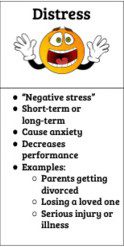
Distress is any stress that has a negative effect on us. It has the following characteristics:
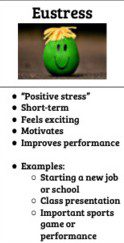
Eustress is any stress that has a positive effect on us. The characteristics of eustress are:
Examples of distress would be things like the death of a loved one, losing your job, or experiencing a significant injury.
Examples of eustress would be things like getting a promotion at work, graduating from school, or winning the lottery.
One important thing to understand is that while both distress and eustress have very different effects on our mental and emotional health, they can both have detrimental effects on our bodies. They both can tax our body's reserves and produce negative physical effects. Stay tuned throughout this month and I'll go over many of the different negative physical effects of stress and what to do about them.
When you hear people talk about stress, it's common to hear them talk about anxiety as well. Those two terms are often presented as if they are the same thing. Stress and anxiety are definitely similar, but they are not the same thing.
What differentiates stress and anxiety is the source of the strain. The source of STRESS is external. This means the strain on the body is from outside. A work deadline, financial obligations, losing a loved one, these are all external factors. If the source of the strain is taken away, the strain goes away. If you complete that work project, the stress of the deadline goes away. If you come into some money, the stress of bills goes away. That is how stress works.
However, with ANXIETY, the source of the strain is internal. You can think of anxiety as what happens inside of us in response to stress. Maybe you start to worry constantly about money when you experience some financial difficulties, or perhaps a loved one dies and you start to become obsessed with the fear of your own death. These are both an internal response to stressors.
The main difference between anxiety and stress is that anxiety can remain long after the actual stressor has passed.
So there you have it. Now you know that there are actually two different types of stress. While their effects can be different, it's important to understand that they both drain the body's resources - so they can have negative effects. You also now know the difference between stress and anxiety. Mainly that stress is an external event and anxiety is how we deal with stress internally.
Stay tuned this month as I will be explaining the effects of stress on the body (You won't believe all the different ways it affects you!), and how to manage stress to reduce its harmful effects.
You are going to learn so much this month! Thanks for taking time out to educate yourself on stress/anxiety and how you can make your own life better by managing them.
Remember, this month often brings various external pressures to bear - and causes stress for a lot of us. We're here for you - we can help balance your body and alleviate some of the effects of that stress. We'd love to see you in our new location! Just give us a call at 918-300-4084

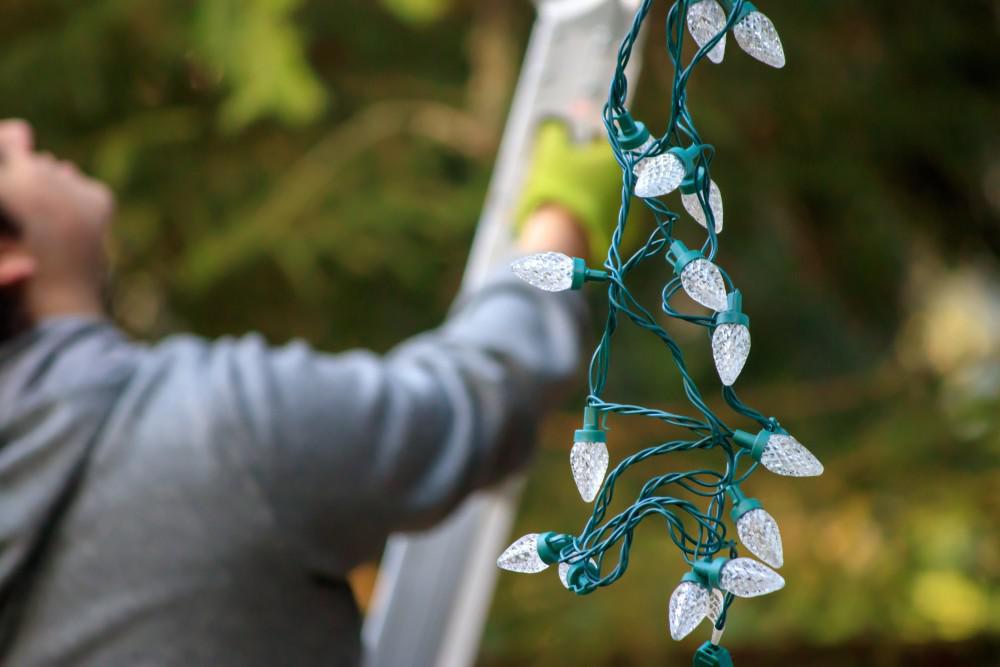
The holidays can be an amazing time. We often get to see family, we make time to get together with others and share our lives, and we get to share gifts with those we love. However, the holidays can also be a difficult time when we're in pain. If pain prevents us from participating in the holiday festivities, that can make us feel distant from those around us.
It's a tough thing to not be able to join in with the family and share those holiday activities. Low back pain is often one of the most common issues that people deal with during the holidays, and it can prevent us from being able to jump right in and share in the making of memories.
This season may require a lot of work. There's putting up those lights and decorating the front of the house, decorating the inside of the house, preparing the meal, wrapping gifts, and many other manual tasks. They can provide a lot of strain to the low back. If you were already in pain, this additional activity can flare up that situation. But also, even if you were not in pain before, the work of getting ready for the holidays can make your low back hurt all by itself. But don't lose hope! I'm going to share three awesome tips with you to help you avoid low back pain during this holiday season.
Getting ready for the holidays can require lots of bending and lifting. Whether it's setting up the decorations, getting food prepared and arranged, or picking up those precious grandchildren, many of us wind up doing a bunch of bending and lifting that we may not be accustomed to doing.
Bending and lifting is a known cause of low back pain if done incorrectly. So in order to get through your holidays without a low-back flare-up, you want to pay close attention to your form when bending or lifting.
The largest muscle in our bodies is the gluteus maximus. These are your butt muscles. Right next to those muscles are your hamstrings. These are also big strong muscles. When you bend and lift anything, take care to ensure that you are relying mostly on your glutes and hamstrings to lift -- and not your back muscles.
In order to set these muscles up to do the work when bending or lifting, you have to pay attention to your posture. When you bend down to lift something up, if you bend your spine too much, you have to use the muscles in your spine in order to come back up from the bend. So instead of bending with your spine to lift something up - take care to instead bend with your hips and knees. This motion is called a hip hinge.
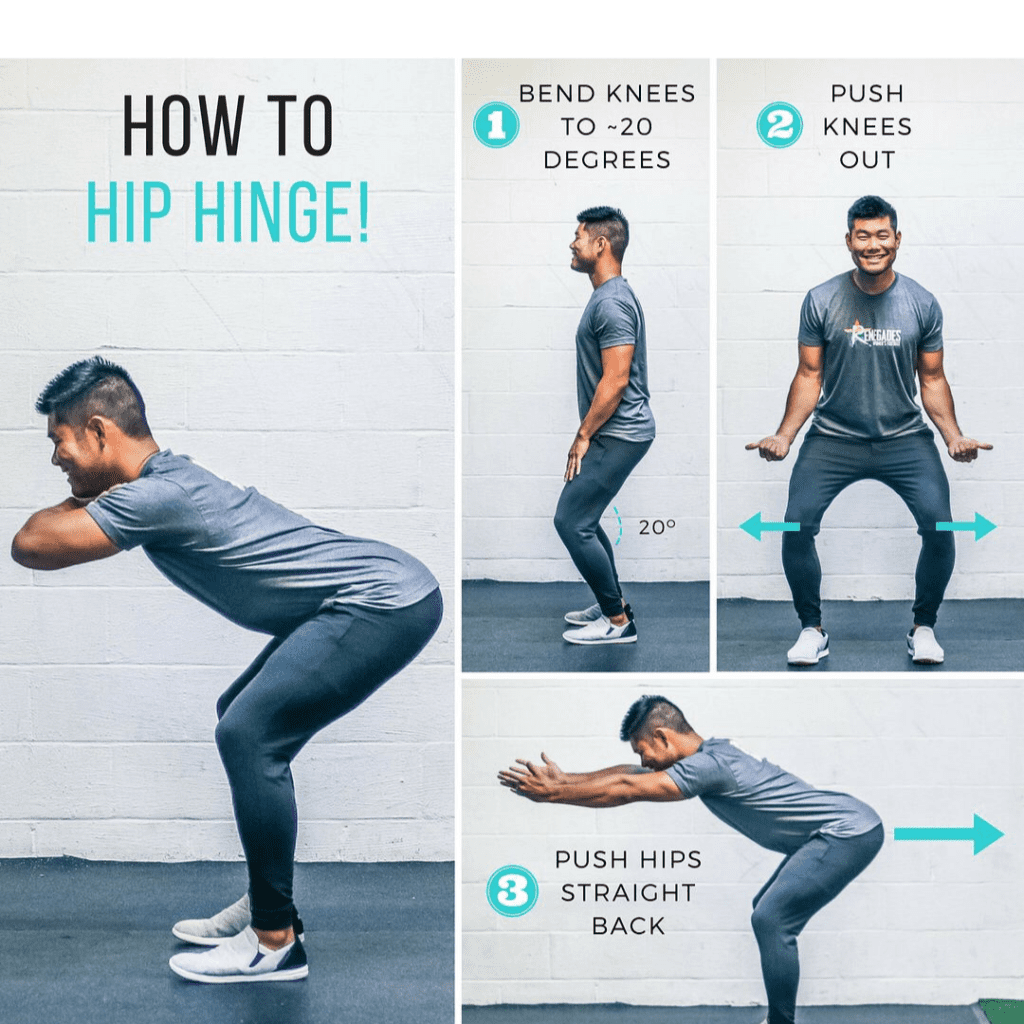
To hip hinge properly you want to keep your spine tall and long and sit back through your hips like you were looking for a chair with your back pockets. This will ensure that your hips and knees bend which will load your gluteus maximus and hamstring muscles. This will ensure that when you go to lift and stand back up that those muscles will be the ones that do the work.
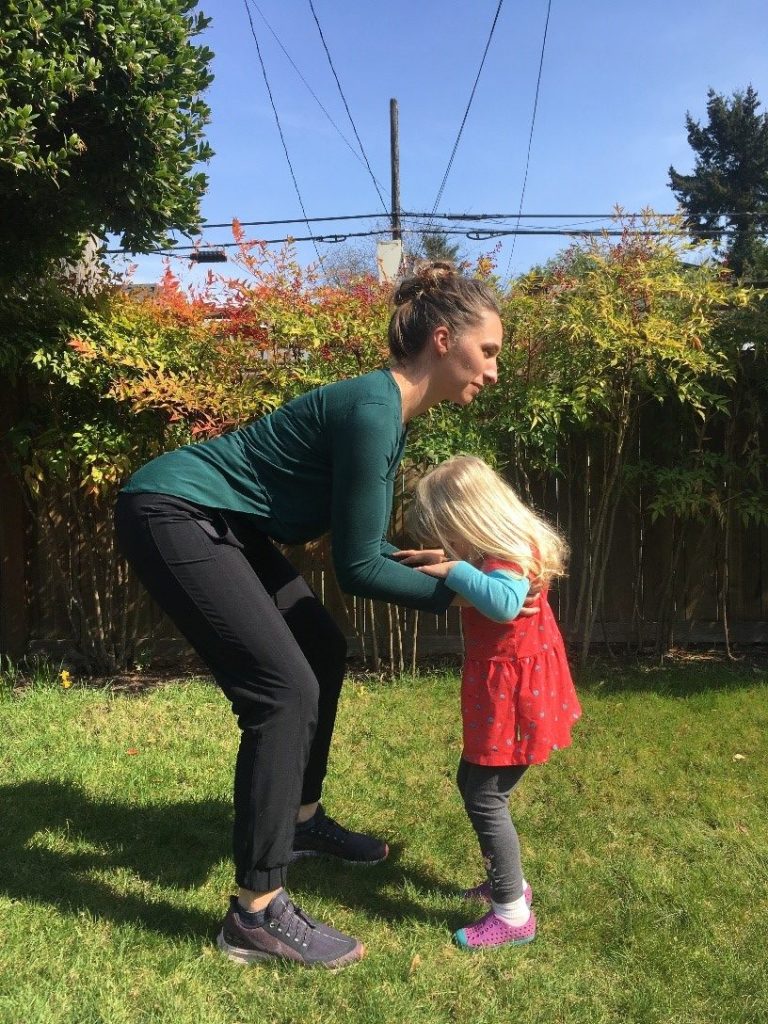
So -- every time you bend down to pick up a child during the holidays, or pick up a heavy gift, or work on some decorations, use the hip hinge in order to spare your spine during the holidays!
A large majority of the low back pain that we suffer from is in some part caused by the discs in our low back. When our discs become irritated, that leads to aching in our low back that can sometimes go down into the back of our hips and thighs. Irritated discs can cause tightness and spasm in the muscles around our low back, and sometimes - if the discs become swollen and bulge - they can press on our nerves and cause pain to run all the way down the legs.
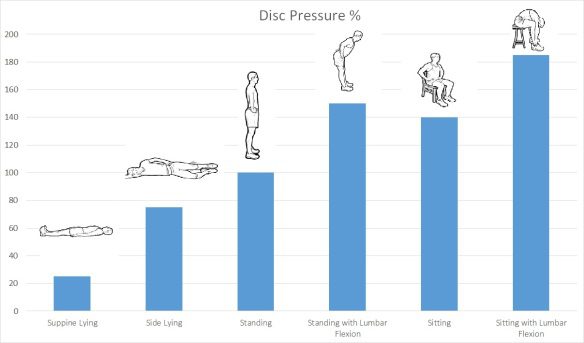
The amount of pressure that our discs experience is influenced by our postures. When we're lying down, our discs experience very low amounts of pressure. When we're standing, that pressure goes up. But the highest amount of pressure that our discs experience is when we sit. So in order to avoid low back pain during the holidays, you will want to try not to sit for long periods of time.
I recommend sitting for no longer than 50 minutes at a time. It's been shown that the frequency of your sitting breaks is more important than how long those breaks are. So set a timer in your phone if you need to and make sure every 50 minutes you stand up for at least 10 seconds.
This will make a huge difference in reducing the irritation to your low back during the holidays!
If you're already dealing with low back pain before the holidays even start, the most important tip is to be proactive. 80% of low back pain is a type of low back pain called flexion intolerant low back pain. This means that our already-injured tissues are irritated when we bend our spine forward.
This is why most of us have pain when we have to bend or lift while our low back is already hurting. But an important fact is that while bending forward will make our low back hurt worse, bending backwards actually helps to reduce the pain and reduce the other symptoms related to the low back pain and including sciatica pain.
So if you're already having pain before the holidays start, you need to do this exercise shown above.
I recommend doing sets of 10 as noted below. Per the video above, you will lie on the floor leaving your hips on the floor, and press your chest up until your elbows are straight. The keys here are to make sure that your butt muscles and your back muscles are relaxed so that your spine bends backwards as much as possible.
If you can do 10 of these every 3 to 4 hours that you're awake during the holidays, you'll find that you will greatly reduce the pain in your spine and lessen the symptoms of sciatica. Below we provide a standing version of this exercise in case it's difficult for you to get down on the floor.
So there you have it. Three tips to help you greatly reduce low back pain during the holidays.
Give them a try to ensure that you won't be left out of any holiday activities this season!
And if you need additional help with pain during the holiday season, make an appointment and come see us here at Movement Laboratory. We offer patient-centered and personally tailored plans that can help you get out of pain quickly and get back to enjoying the holidays of 2021 - and get you started off right into 2022!
Give us a call at 918-300-4084 and say goodbye to pain during the holidays!
